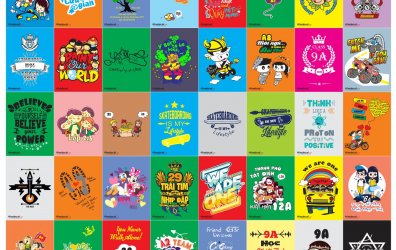S
sudhasingh
The most effective medicine ads today are those that blend trust, storytelling, compliance, and clear benefits. In an age of digital media and short attention spans, successful pharmaceutical and over-the-counter (OTC) medicine advertisements often share these characteristics:
Patient-Centered Storytelling
Ads that focus on real-life patient experiences resonate deeply. They show the transformation a medicine can bring—improving quality of life, restoring daily function, or bringing relief.
Effective ads highlight the core benefits of the medicine in easy-to-understand language. They often include how it works, how fast it works, and what symptoms it targets—especially for OTC products like pain relievers, allergy meds, or cold/flu remedies.
Medicine brands are increasingly using YouTube ads, TikTok campaigns, and influencer partnerships to connect with younger or tech-savvy audiences, especially for wellness, vitamins, and lifestyle-based medications.
Inclusion of doctors, clinical data, FDA approval, or real user testimonials boosts credibility. Trust is vital in healthcare advertising.
Prescription ads in the US follow FDA regulations by disclosing side effects and risks , yet the best ones maintain viewer interest with professional visuals and simplified language.
Patient-Centered Storytelling
Ads that focus on real-life patient experiences resonate deeply. They show the transformation a medicine can bring—improving quality of life, restoring daily function, or bringing relief.
Clear Benefits & UsageExample: TV ads for Humira or Ozempic often feature people living active lives after treatment, creating an emotional and hopeful narrative.
Effective ads highlight the core benefits of the medicine in easy-to-understand language. They often include how it works, how fast it works, and what symptoms it targets—especially for OTC products like pain relievers, allergy meds, or cold/flu remedies.
Digital & Video EngagementExample: Tylenol and Claritin ads typically focus on quick relief with clear visual demonstrations.
Medicine brands are increasingly using YouTube ads, TikTok campaigns, and influencer partnerships to connect with younger or tech-savvy audiences, especially for wellness, vitamins, and lifestyle-based medications.
High Trust ElementsExample: Sponsored health influencers reviewing supplements or dermatologists showcasing acne treatments like Differin.
Inclusion of doctors, clinical data, FDA approval, or real user testimonials boosts credibility. Trust is vital in healthcare advertising.
Compliant Yet Persuasive MessagingExample: Ads like “Ask your doctor about…” used in prescription drug ads rely on trust in medical professionals.
Prescription ads in the US follow FDA regulations by disclosing side effects and risks , yet the best ones maintain viewer interest with professional visuals and simplified language.
Example: Eliquis or Jardiance ads deliver mandatory warnings while still emphasizing life-enhancing results.




